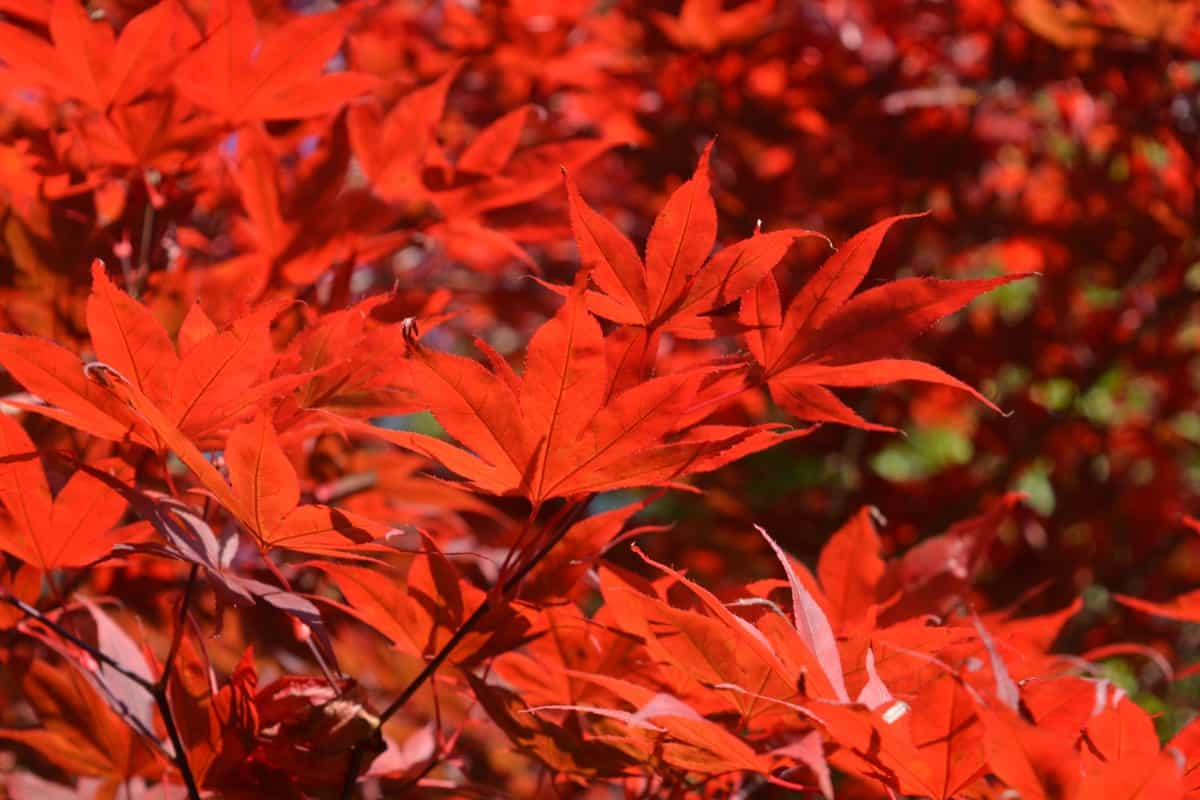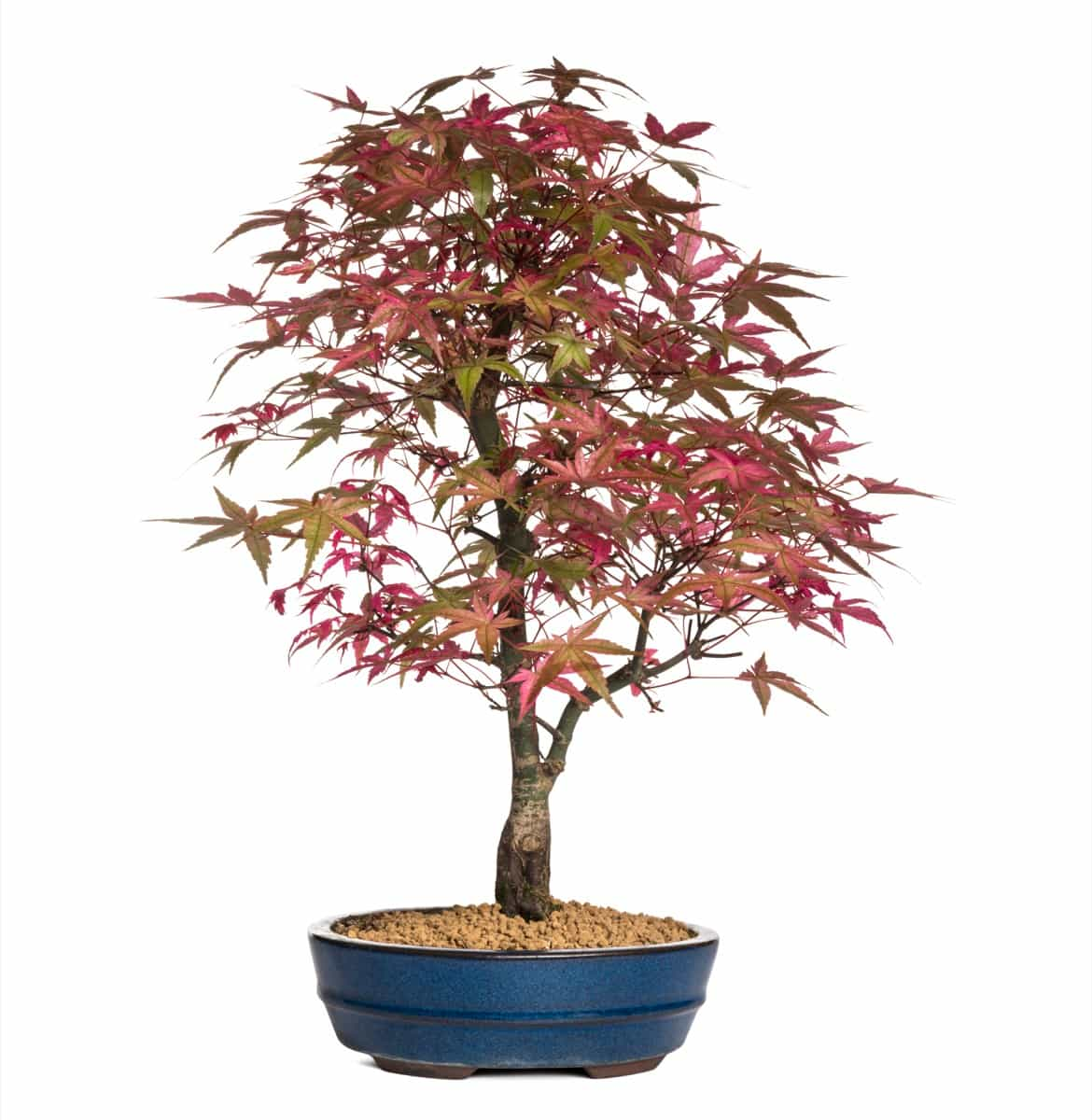Creating a Japanese maple bonsai from seed presents an exciting and rewarding challenge for gardening enthusiasts worldwide. The miniature yet majestic trees showcase the beauty of nature, combining centuries-old techniques and patience to create living works of art. Japanese maple bonsai care requires consistent commitment, expertise, and love for the plant to nurture it from a simple seed into a magnificent tree.

However, the process does not only involve growing it from a seed. Another method, Japanese maple bonsai cutting, is popular among gardeners. Japanese maple bonsai indoor care offers flexibility for those without vast outdoor spaces or those living in less-than-ideal climates.
How to Grow and Care for Japanese Red Maple Bonsai
How to Plant Japanese Red Maple Bonsai from Seeds
Planting a Japanese Red Maple Bonsai from seeds begins with seed selection. The seeds should be healthy and plump, indicating their vitality. Soak the seeds in warm water for a day to soften the shell and start the germination process. After this initial soaking, the seeds should be placed in a plastic bag filled with moist sphagnum moss. The bag then needs to be stored in a refrigerator for about 60-90 days, a process known as stratification, which simulates the cold winter period and encourages germination in spring.
Step-by-step Guide for Growing Japanese Red Maple Bonsai Indoors
The Japanese Red Maple Bonsai can be grown indoors but requires careful attention and care. Start by selecting a suitable pot with ample drainage. Fill the pot with a soil mix suitable for bonsai (discussed in a later section). Plant the germinated seed or cutting into the soil, ensuring it’s adequately covered.
Position the pot in a spot that receives morning sun and afternoon shade. Avoid exposing the tree to direct afternoon sun as it could cause leaf scorch. Regular watering is essential, but ensure the soil isn’t waterlogged. Apply a well-balanced bonsai fertilizer every two weeks while the plants are actively growing.
Essential Care Tips for Maintaining Healthy Japanese Red Maple Bonsai
Maintenance of your Japanese Red Maple Bonsai involves several aspects, including pruning, watering, and light requirements. Pruning is crucial to maintain the tree’s shape and health. It also helps the tree maintain its miniature size. Regular watering is necessary for the bonsai’s health, with season requirements changing. Light is another critical factor, as the bonsai needs ample light for photosynthesis, but direct sunlight can harm it. Finally, regular fertilization is necessary to supply nutrients the tree might not get from its pot’s limited volume of soil.
Best Soil Mix for Japanese Red Maple Bonsai Cultivation
For bonsai cultivation, the quality of the soil plays a crucial role. The best soil mix for Japanese Red Maple Bonsai consists of akadama, pumice, and organic potting compost. Akadama is a Japanese clay ideal for bonsai as it retains water and nutrients but allows excess water to drain quickly. Pumice aids in draining and helps improve the soil structure, while organic potting compost supplies the bonsai tree with necessary nutrients.
Pruning Techniques for Shaping Japanese Red Maple Bonsai Trees
The art of bonsai involves growing a tree in a pot and controlling its shape and size. Pruning is one of the most important techniques for shaping Japanese Red Maple Bonsai trees. Pruning involves cutting off unnecessary branches to achieve the desired shape and promote healthy growth. Seasonal pruning is recommended to maintain the tree’s size and health, but remember that the Japanese Red Maple Bonsai is a slow-growing tree, so patience is required.
Watering Requirements for Japanese Red Maple Bonsai in Different Seasons
The watering needs of a Japanese Red Maple Bonsai change with the seasons. The bonsai needs to be watered daily during the summer months due to increased evaporation. However, the watering frequency can be reduced in the winter months due to lower evaporation rates. The goal is to maintain moisture without waterlogging the roots. Overwatering can lead to root rot, detrimental to the bonsai’s health.
In case you missed it: How to Grow and Care for Elephant Bush Bonsai: Planting, Pruning, and Repotting

Preventing and Treating Common Pests and Diseases in Japanese Red Maple Bonsai
Japanese Red Maple Bonsai trees are susceptible to pests and diseases like aphids, scale, and verticillium wilt. Prevention is always the best strategy, and it involves keeping the tree healthy through proper watering, fertilization, and pruning. If a tree is infested, correctly identifying the pest or disease is crucial for treatment. Use a suitable insecticide or fungicide and monitor the tree closely until recovery.
Understanding the Ideal Light Conditions for Japanese Red Maple Bonsai
The Japanese Red Maple Bonsai thrives in a bright location with morning sun and afternoon shade. Prolonged exposure to direct afternoon sunlight can lead to leaf scorch. Indoors, place it near a window where it can receive ample indirect sunlight. A balance between sunlight and shade is vital for the tree’s health and development.
Transplanting Japanese Red Maple Bonsai: When and How to Do It Properly
Transplanting, or repotting, a bonsai is essential to bonsai care. It’s recommended to report Japanese Red Maple Bonsai every two to three years. The process involves gently removing the tree from its pot, trimming back a third of the root ball, and replanting in the fresh soil mix. Transplanting helps keep the bonsai healthy by renewing the soil and preventing root-bound conditions.
Winter Care Guidelines for Protecting Japanese Red Maple Bonsai From Frost Damage
Japanese Red Maple Bonsai are deciduous trees that lose their leaves in autumn and winter. While they are reasonably frost-hardy, severe or prolonged frost can cause damage. During winter, it’s essential to protect the bonsai from extreme temperatures. Keeping it in a cold frame, unheated greenhouse, or a cool room indoors can provide adequate protection. Water sparingly during this time, and avoid fertilizing until spring when the tree starts growing again.
Importance of Fertilizing Japanese Red Maple Bonsai
Like other plants, Japanese Red Maple Bonsai trees require essential nutrients to grow healthily, and their small amount of soil may not supply everything they need. Regularly fertilizing your bonsai is, therefore, crucial. Apply a well-balanced bonsai fertilizer every two weeks from spring to early fall, the growing season.
In the active growth period, the bonsai tree uses nutrients at a higher rate. The balanced fertilizer ensures the tree gets an equal amount of Nitrogen, Phosphorus, and Potassium, essential elements for its growth and health. From late fall to winter, reduce the frequency or stop fertilizing altogether as the tree enters dormancy and does not require as many nutrients.
In case you missed it: How to Grow and Care for Banyan Bonsai: Planting, Pruning, and Repotting

Conclusion
To sum up, nurturing a Japanese Red Maple Bonsai, whether from seed or cutting, is a rewarding journey that combines art and horticulture. It involves a precise balance of watering, light exposure, proper soil, and vigilant care against pests and diseases. Although the cultivation and care can be demanding, the process results in a majestic miniature tree that is a testament to your patience and dedication.
Like any living creature, the key to success lies in understanding its needs, providing the appropriate conditions, and nurturing it with consistent care. In return, your Japanese Red Maple Bonsai will reward you with its natural beauty, serving as a tranquil centerpiece in your home or garden and providing an enduring source of satisfaction and pride.
- Feed Your Flock for Less: Top 10 Tips to Save on Chicken Feed
- Ultimate Guide to Ossabaw Island Hog: Breeding, Raising, Diet, and Care
- Hatching Answers: The Top 10 Reasons Your Chickens Aren’t Laying Eggs
- Eggs and Economics: Breaking Down the Cost of Raising Backyard Chickens
- Defend Your Greens: Proven Methods to Keep Iguanas Out of Your Garden
- Ultimate Guide to Cinnamon Queen Chicken: A Comprehensive Guide for Beginners
- Ultimate Guide to California Tan Chicken: Breeding, Raising, Diet, Egg-Production and Care
- Ultimate Guide to Marsh Daisy Chicken: Breeding, Raising, Diet, and Care
- 10 Types of Chicken Farming Businesses You Can Start for Profits